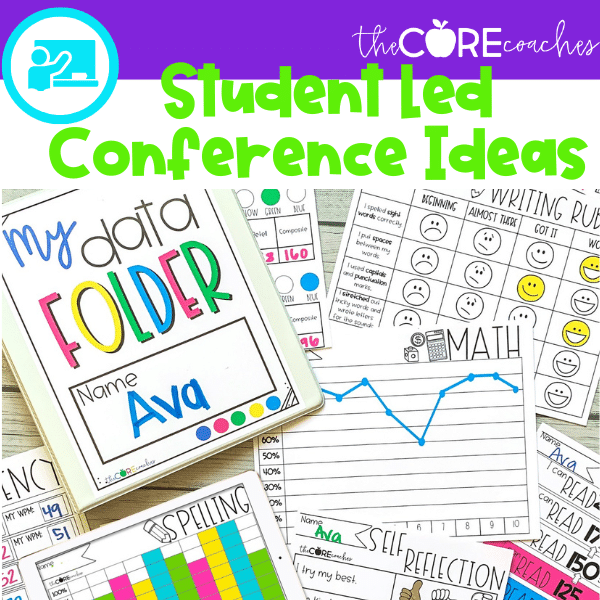How to do a Jigsaw Activity
When it comes to adding instructional strategies to your teacher toolbelt there always seems to be a new one on the market. While there are many great new strategies to explore, many times the tried and true traditional ones are the best. There is a reason they have been around so long.
One of those tried and true strategies that every teacher can benefit from is understanding how to use a jigsaw activity. Whether you are brand new to the classroom or just need a refresher, this post will walk you through how to do a jigsaw activity.
What is a Jigsaw Activity?
A jigsaw is a cooperative learning strategy. This means that it is designed to support effective group work. Moreover, it is a cooperative learning strategy that can be used across any grade level and in any subject area. This is just one reason it is such a popular teaching tool.
Beyond its ability to be used across grade levels and subject areas, one of the primary benefits of a jigsaw activity is that it puts students in the teaching position. This creates an opportunity for students to do their best learning by being the one to teach a concept.
Let’s explore how this happens by looking at how a jigsaw is structured.
There are two primary parts to a jigsaw activity: the learning and the teaching.
The learning part comes first. This is where students work together in a group to learn about a new topic. The goal during this learning phase is for each student to become an expert on the topic at hand. In our jigsaw activity we call these the “home group.”
The teaching part comes second. This is where the students take what they learned in their first group and then teach it to a new group. These are referred to as the “expert group.”
Let’s explore what students do in these two groups further by using the example found in our Severe Weather Jigsaw lesson plan.
Jigsaw Lesson Plan
The first step to designing a jigsaw lesson plan is to choose a focus topic. For example, severe weather. The great thing about a jigsaw activity is that the topic can be almost anything! The most important thing is to choose a topic that can be divided into (at least) four smaller sections or sub topics.
Let’s continue with our example of severe weather to see what this looks like.
How to Create Jigsaw Groups
In this example, severe weather is the focus topic. This focus topic can then be divided into four subcategories: tornadoes, thunder storms, hurricanes, and monsoons.
Each of these subcategories will be assigned to a home group of (ideally) four students. This means you will have four groups of four students.
Your home groups are each assigned a number: 1, 2, 3, 4
Then, within each home group, each student receives a number: 1, 2, 3, 4
Now, if you have more than 16 students in your class, not to worry! There are a few different ways to adjust for different class sizes.
If you have around 20 students in a class, then create home groups that have five students in them. Another option is to add a fifth subcategory (for example, tsunamis) and keep only four students in each group.
If you have a large class of 32 or more students, the easiest thing to do is to simply create two groups for each subcategory. Therefore, you would have 8 home groups. However, since you still only have four subcategories, you would only put four experts in each group. This means that in home groups 1, 2, 3, 4 – students would still receive a number 1, 2, 3, 4 for their expert groups. Then, the other four groups would be numbered 5, 6, 7, 8 and students would also receive these numbers for their expert groups.
As you can see, in the same way that a jigsaw lesson plan can fit for different grade levels or subject areas, it can also easily be adjusted for different class sizes.
How to Organize Home Groups for a Jigsaw
Now that you know how to create groups, let’s look at what students do in each group. As mentioned earlier, one focus is to learn while the other is to teach.
In students’ “home groups” the students are working together to learn about a new topic. Here is how you would organize these groups using our severe weather example:
Group 1: Tornadoes
Group 2: Hurricanes
Group 3: Thunderstorms
Each home group is assigned learning materials that focus only on their group’s topic. So, Group 1 will only be reading about tornadoes, Group 2 will only be reading about hurricanes, etc.
Determine how much time you think students will need to work together in their group to learn about their topic. The goal is for the students to become experts on the topic assigned to their home group so that they can teach it to their peers.
How to Move Students Into Jigsaw Expert Groups
After students have had plenty of time to become experts on their new topic then you will assign each student a number. Students will then meet with the other experts with the same number.
For example, all of the students assigned a number 1 will meet in one group. This will result in one expert from each of the home groups: one tornado expert, one hurricane expert, one thunderstorm expert, one monsoon expert.
Again, determine how much time students will need to teach their new group about their topic. An effective way to do this is to use a class timer and assign each person in the group 3-5 minutes to teach their topic.
Try our other nonfiction lesson plans.
How to End a Jigsaw Activity
Once students have met in their home groups and in their expert groups, there are a couple of different ways to wrap up a jigsaw activity. One of our favorite ways is to have students return to their home groups and share what they have learned. This is a great way to maintain student accountability throughout every step of the lesson.
Another great way to end a jigsaw lesson is to have an independent learning activity at the end. An example of this could be a formative assessment where students write down what they have learned in a summary or on a graphic organizer.
The way you choose to complete a jigsaw activity depends on your goals for the jigsaw lesson. This could also include how much time you have in your calendar.
Jigsaw Activity Ideas
Now that you know how to organize a jigsaw lesson plan, you may be wondering what topics to use. We shared our severe weather jigsaw topic with you but that is just one idea!
In addition to science topics like weather, you could create a jigsaw activity for social studies topics and even math. Yes, math! One way to do this is to assign each group of students a different set of problems to solve and then move them into expert groups to teach each other how they solved the problem.
Beyond math, science, and social studies, the jigsaw strategy is also wonderful for reading. It is easy to take a longer piece of text and divide it into short sections. Use each section for home groups and then move them into expert groups for every student to get a complete look at the text.
As you can see, there are dozens of ways to incorporate this cooperative learning strategy into your classroom. However you choose to use it, we can promise you it will become one of your favorite new strategies for engagement and cooperative learning in the classroom.





